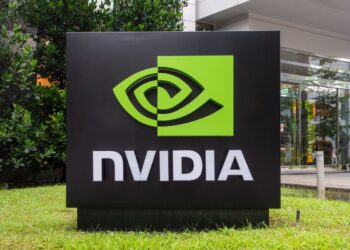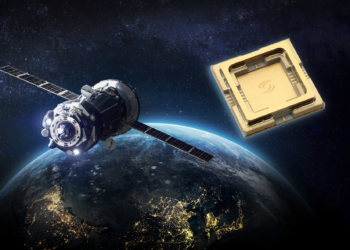The Space power electronics market is projected to grow from USD 205 million in 2021 to USD 435 million by 2026, at a CAGR of 16.2%, reports ResearchAndMarkets.com.
Space power electronics is the application of electronics on satellites, spacecraft, launch vehicles, space stations and rovers to control and convert electric power from one form to other. It deals with the processing of high voltages and currents to deliver power that supports a variety of needs. According to the National Aeronautics and Space Administration, a power electronic system can comprise a modular power electronic subsystem (PESS) connected to a source and load at its input and output power ports, respectively. Semiconductor devices such as metal-oxide semiconductor field effect transistors (MOSFET), insulated gate bipolar transistors (IGBT), mos-controlled thyristor (MCT), and gate-turn-off thyristors (GTO) represent the cornerstone of modem power electronic converters.
Based on device type, the power IC segment is expected to lead the space power electronics market from 2021 to 2026
Power ICs are integrated circuits that include multiple power rails and power management functions within a single chip. Power ICs are frequently used to power small, battery-operated devices since the integration of multiple functions into a single chip result in more efficient use of space and system power. Functions commonly integrated into a PMIC include voltage converters and regulators, battery chargers, battery fuel gauges, LED drivers, real-time clocks, power sequencers, and power control. The Power ICs consist of Power Management ICs and Application Specific ICs.
Based on application, the satellite segment is expected to lead the space power electronics market from 2021 to 2026
Satellites are increasingly being adopted in modern communication technologies. The introduction of wireless satellite internet and development of miniature hardware systems are exploiting numerous opportunities in the field of satellite-enabled communication. Over the past decade, there has been an explosion of activity in the small satellite world, driven by technology breakthroughs, industry commercialization, and private investments. There is a growing demand for space exploration, which enables small satellites to achieve attitude and orbit control, orbital transfers, and end-of-life deorbiting. Miniaturization of power electronic technologies are performing very well for CubeSats. Also, rapid growth in the NewSpace industry has led to the greater use of modular components like miniaturized rad-hard MOSFETs, gate drivers, DC-DC converters and solid-state relays.
Based on region, North America is expected to lead the space power electronics market from 2021 to 2026. The US is a lucrative market for space power electronics in the North American region. The US government is increasingly investing in advanced space power electronics technologies to enhance the quality and effectiveness of satellite communication, deep space exploration. The increasing investment on satellite equipment to enhance defense and surveillance capabilities of the armed forces, modernization of existing communication in military platforms, critical infrastructure and law enforcement agencies using satellite systems, are key factors expected to drive the space power electronics market in North America. Boeing-manufactured O3b mPOWER satellites are widely using radiation-fault-tolerant DC-DC converter power modules for better power conversion.







